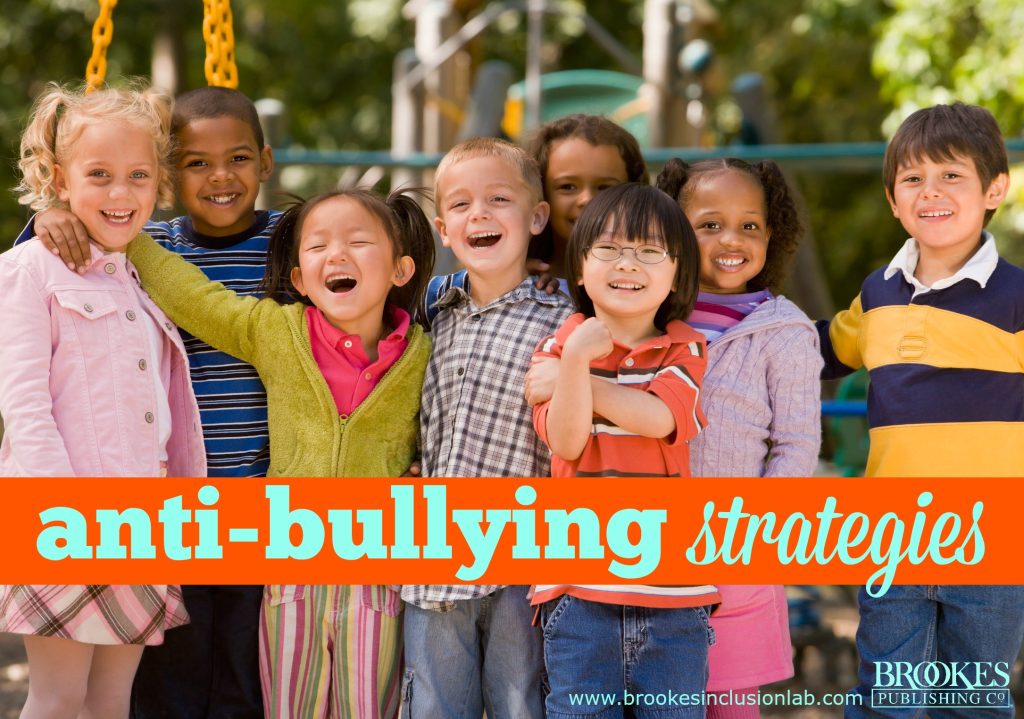School Support: Navigating School Resources and Reporting Procedures for Bullying

School Support: Navigating Resources and Reporting Procedures for Bullying
Bullying: A Comprehensive Guide for Students, Parents, and Schools
Understanding Bullying
- Bullying is a repeated pattern of aggressive behavior intended to harm.
- Types of Bullying:
- Physical: hitting, kicking, shoving
- Verbal: name-calling, teasing, threats
- Social: excluding someone, spreading rumors
- Cyberbullying: using electronic devices to harass
School Resources for Students
- School counselors: support, counseling, coping mechanisms
- School psychologists: assessment, treatment recommendations, bullying prevention programs
- Anti-bullying programs: education, prevention strategies, reporting mechanisms
Reporting Procedures
- Report bullying to a trusted adult (teacher, counselor, principal, parent).
- Be specific about the incident (who, what, when, where).
- Keep a record of bullying incidents (dates, times, details).
Role of Parents and Guardians
- Talk to children about bullying.
- Provide support and develop coping mechanisms.
- Collaborate with school staff on anti-bullying programs.
Creating a Positive School Culture
- Promote respect and inclusivity: value diversity, celebrate differences.
- Train staff and students on bullying prevention and intervention.
- Enforce anti-bullying policies consistently.
Conclusion
- Bullying is a serious problem with lasting impacts.
- Understanding bullying, reporting incidents, and creating a positive school culture are essential.
- Schools, parents, and students must collaborate to ensure a safe and supportive learning environment for all.

